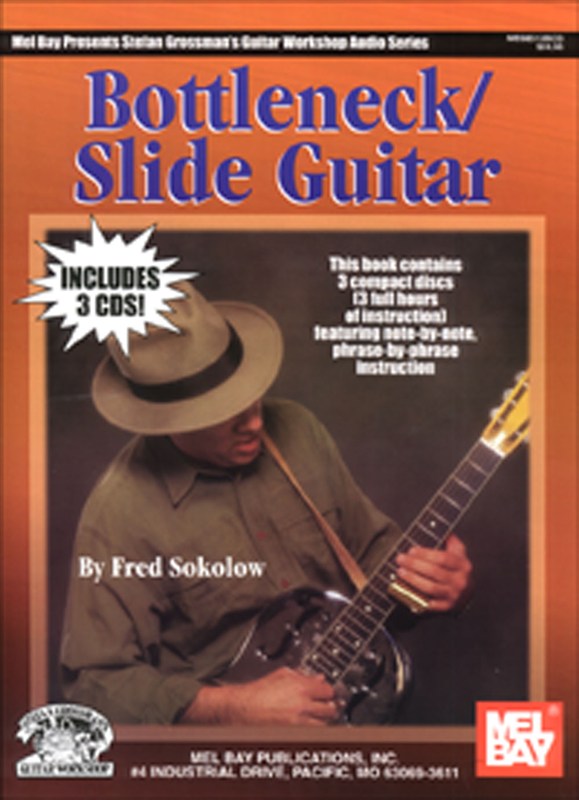David Laibman: Playing The Classic Rags Of Scott Joplin, James Scott & Joseph Lamb
The great ragtime pieces of the early 20th century were written mostly for Piano, but many translate superbly for the Guitar, and David Laibman will show you how.Here's a mystery: if the great ragtime pieces of the early 20th century were not written for Guitar, and if they weren't player on the Guitar at all (until some of us started doing so half a century ago), then why do they work so will on Guitar?Well, thumb vs. three fingers on the right hand (we'll leave out the pinky for now) creates that subtle antagonism between steady bass and syncopated melody - the 'twinkle in the eye' of Ragtime. There is a theory that the original borrowing actually went in the other directed, from three-finger Banjo to Piano. Who knows? But I'm finding that the 'educated thumb' is only one neat thing about ragtime Guitar. Classic rags are very expressive, with moods and tempers, hills and valley. You can capture some of this with left-hand notes (slides, hammer-ons, pull-offs), with right-hand brushes, rolls, nail strokes, with clever use of open strings and natural harmonics. This works. It is it's own story - not an imitation of a Piano, or of a dixieland or jazz band. It is, simply - ragtime Guitar.In these lessons, I have tried, for the most part, to meet two goals. First, to create versions of some of the most beautiful classical rags that 'lay down' well on Guitar, so when you play them you are working with the instrument, not fighting it. I have tried to pitch and arrange the pieces so that a lot of the action is in first position rather than high up on the neck, and to keep left hand gymnastics to a minimum. Second, I didn't want these arrangements to sound like 'student' arrangements, too elementary to be believable. It is all about striking a balance. I am generally pleased with the result, and I hope you will be too.While the focus of these lessons is on the 'greats' - Joplin, Lamb and Scott - I have also included one of my own recent compositions: Pandora's Rag. This version is simpler than the one I play on my recent CD, Adventures in Ragtime, in Em, G and E, rather than Am, C and A, and not so high up the neck. I hope you like it; I think it has some nice harmonies. No one will ever touch the ragtime masters, but I would not be doing them justice if I didn't try to use their inspiration to strike out on my own a bit.And that is what you should do too! It would be great is you learn to play these charming and challenging pieces. But even greater if you improve the arrangements, adapt them to your own tastes, see if you can apply the various techniques to other music - ragtime, and beyond - that can give pleasure to yourself and others, and enrich the treasure-house of fingerstyle Guitar. None of us has tapped even a fraction of its full potential - and that's what makes it fun!" - David Laibman







































